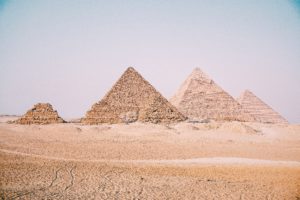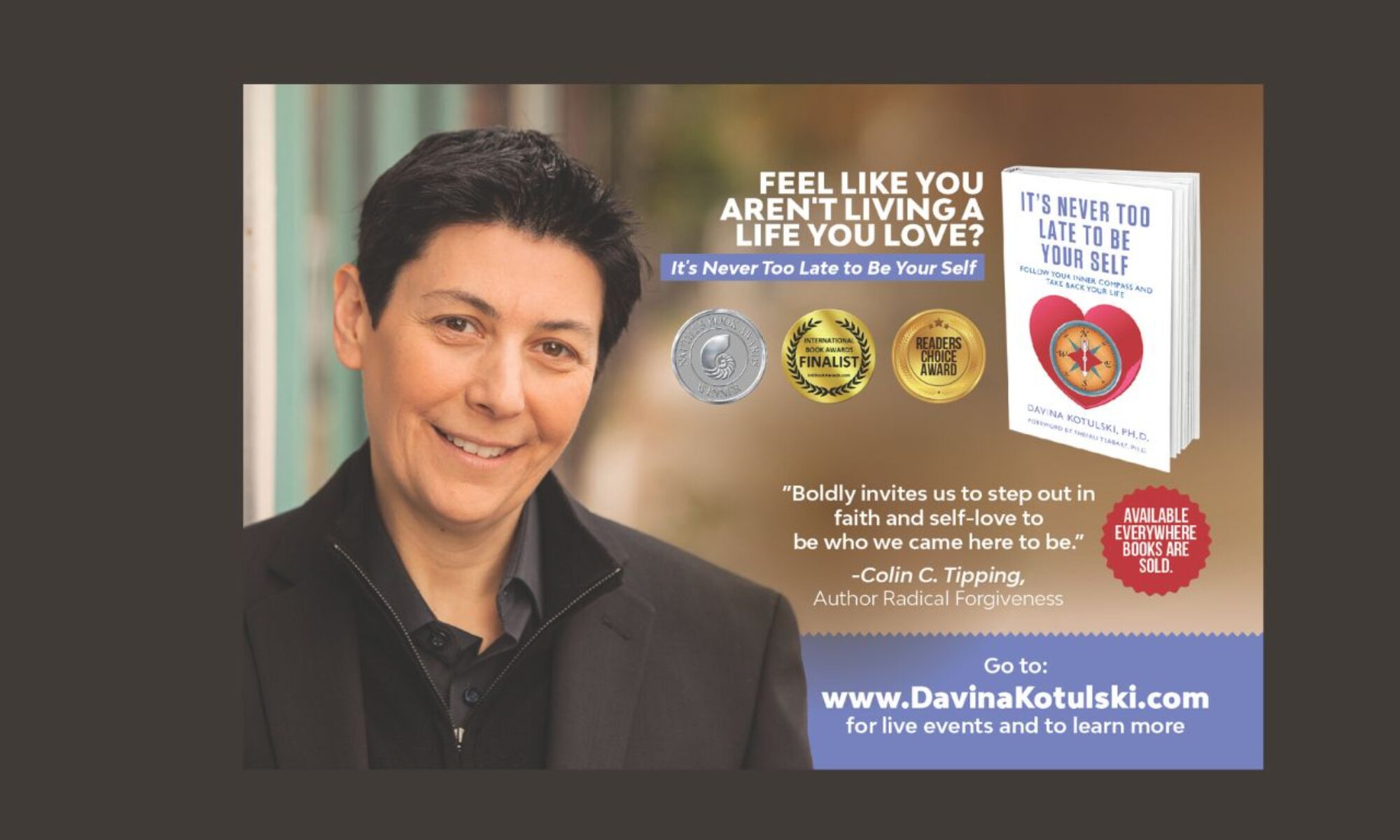 Let me tell you an ancient story about liberation and the pursuit of freedom that is still relevant today.
Let me tell you an ancient story about liberation and the pursuit of freedom that is still relevant today.
If you’ve ever been to a Passover Seder you may be familiar with the first part of the story. And just a reminder, the last supper was a Passover Seder.
The Israelites were slaves in Egypt and longed to be free of Pharaoh, the God King of Egypt. He ruled the people and was seen as an intercessor between the gods and man.
To the Israelites, Pharaoh was a tyrant.
He put out a decree that all Hebrew male newborns be killed because he feared the Israelites were becoming too powerful.
One mother ignored the laws of Man (Pharaoh’s decree) and put her faith in the Divine. She placed her son, Moses, in a small boat by the river bank. She envisioned him safe, surrounded and protected by the power of love. Pharaoh’s daughter found baby Moses and adopted him into the royal family.
Moses was raised as an Egyptian but years later he saw a slave-master beating a Hebrew slave and he killed him. Moses, having committed murder, fled to the desert.
While alone in the desert, as the story goes, God appeared to Moses as a burning bush. God introduced himself to Moses under the name “I AM that I AM” and said he would free the Israelites if they followed God’s law.
God told Moses to return to Egypt and demand the release of the Hebrews from enslavement.
Moses returned and told Pharaoh, “Let my people go.”
Pharaoh refused.
However, after God smote Egypt with ten plagues, Pharaoh told the Israelites to get out and they left in a hurry before their bread could rise. That’s why Matzah, unleavened bread, is eaten on Passover to mark this historic journey from slavery to freedom, from bondage to liberation.
They called this journey the Exodus.
The story of the Exodus has echoed as a symbol of freedom throughout history.
Freedom seekers have looked to the exodus as their inspiration. For example, the motif of Exodus was embraced by early American settlers fleeing Europe, enslaved African Americans, and marginalized groups seeking civil rights in the 20th and 21st centuries.
From LGBTQ people seeking civil marriage rights, immigrants seeking asylum and women wanting full participation in the workplace and politics, the exodus has symbolized freedom from man’s tyranny over man.
Thomas Jefferson and Ben Franklin even considered using Exodus imagery for the Great Seal of the United States, and Jefferson embraced the motto “I have sworn upon the altar of god eternal hostility against every form of tyranny over the mind of man.”
Leaving Egypt and Freeing Ourselves from the Forms of Tyranny Over Our Minds
Metaphysics looks at the nature of the mind which I also refer to as consciousness and includes our perception, our awareness of our existence, and how we experience reality.
The Exodus story has a powerful metaphysical message for us today about freedom.
It is encoded with deeper meaning that can help us understand the inner workings of our minds and how our beliefs limit us.
For example, the Hebrew word for Egypt is mitzrayim which means narrow place or blockage. Leaving Egypt on the metaphysical level means freeing ourselves from the forms of tyranny over our minds.
On the metaphysical and psychological level, Egypt refers to our restricted thinking. Our narrow points of view and rigid belief systems.
So the notion of “leaving Egypt” is an allegory that tells us that to free ourselves from subjugation, we have leave our limited thinking behind.
In my new book, The Manna Paradigm Shift™, I will show you how to shift your consciousness and your beliefs, and teach you how to use your mind more effectively, so you can experience the freedom, joy, and abundance that is your divine birth right.
Even in the dark times, especially in these dark times of uncertainty, the Manna Paradigm Shift can help shine light on your path.
